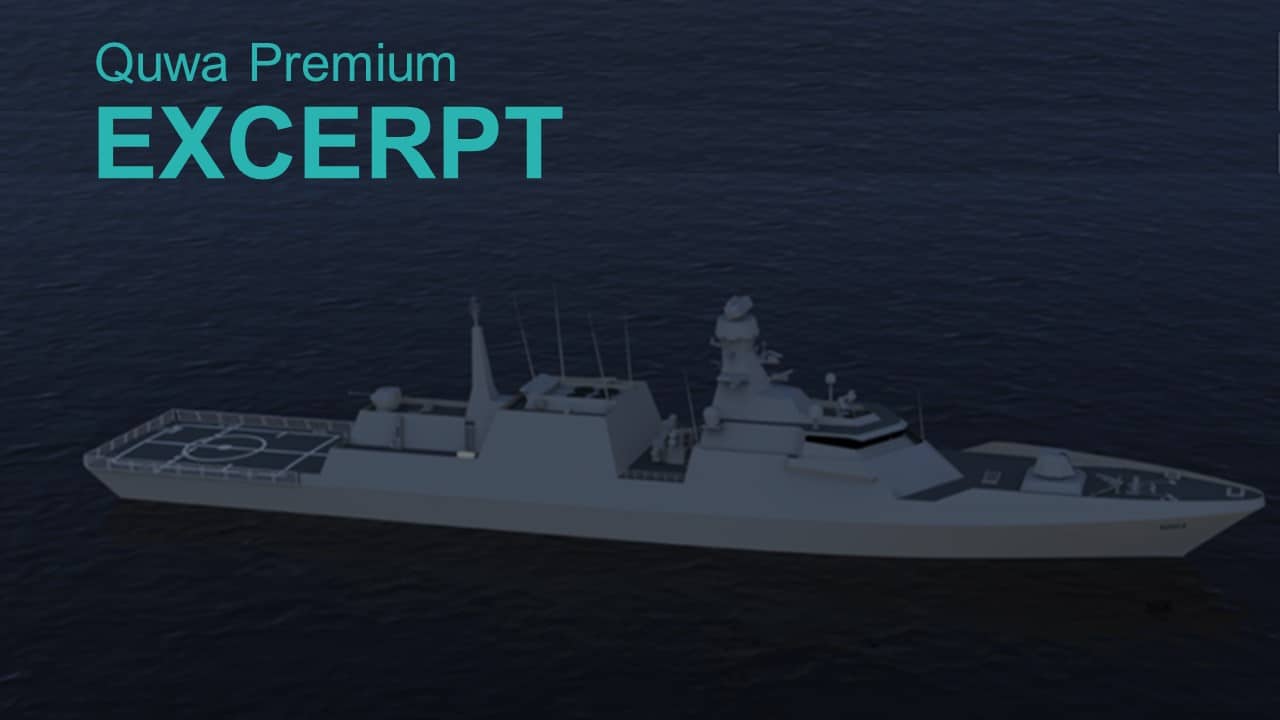2753Views

The Growth of Pakistan’s Air Defence Environment
One of the marque aspects of Pakistan’s defence modernization efforts is its widespread drive to improve its ground-based and sea-based air defence environments. Since Pakistan started this process in the early 2010s, it has improved its situational awareness, targeting, and surface-to-air missile (SAM) capabilities.
The bulk of Pakistan’s SAM acquisitions are from China. However, when it comes to radars and specialized naval SAMs, Pakistan is sourcing from a more diverse supplier base.
Land
The Pakistan Air Force (PAF) had set the basis for the country’s integrated air defence ground environment system (ADGES) in 1975 by forming Pakistan Air Defence Command. In 1976, the PAF initiated “Project Crystal,” under which it added six AN/TPS-43 radars and 45 Mobile Pulse Doppler Radar (MPDR) systems.
The AN/TPS-43 had provided the long-range, high-altitude coverage, while the MPDRs formed the bulk of the short-range, low-altitude coverages. Under this set up, the PAF also leveraged a real-time data-link to connect its sensor feeds to monitors across the PAF’s three regional commands.
Overall, Project Crystal formed the foundation of the PAF’s C4ISR set-up, which would develop further in the following several decades. In the early 2000s, the PAF added its first cutting-edge system in the form of six Lockheed Martin AN/TPS-77s, a long-range, high-altitude system using active electronically scanned array (AESA) radar technology. The PAF also acquired the RAC-3D, a short-range fire control radar system alongside its Spada-2000 Plus short-to-medium-range SAMs. In fact, up to this point, it was the PAF which had managed the majority of SAMs beyond the short-range air defence (SHORAD) layer.
However, this dynamic changed significantly through the 2010s. While the PAF continued investing in its radars and other situational awareness assets, it was the Army that acquired the bulk of Pakistan’s SAMs.
In the 2010s, the Pakistan Army acquired nine Chinese LY-80 medium-range (40+ km) SAM systems plus an unspecified number of FM-90 SHORAD SAMs (15 km) and HQ-9/P long-range (125 km) SAMs. The Army also organized its SAMs into a “Comprehensive Layered Integrated Air Defence” (CLIAD) system…
Sea
Like the Pakistan Army, the Pakistan Navy has transformed a comparatively anaemic set-up into a robust, multi-layered system comprising of both new Chinese and Western SAMs.
The starting point of the PN’s air defence modernization was the Tughril-class (Type 054A/P) frigate, which came equipped with the medium-range LY-80 SAM system.
While a substantial improvement to the LY-60s that had equipped the legacy Type-21 frigates, the LY-80 is a SARH-based system. Besides having the same deprecation risk as the Army’s system, the simultaneous engagement capability is limited to the illuminating radars onboard the ship. Thus, the Tughril-class frigate is vulnerable to saturation attacks and multiple airborne threats…
End of excerpt (437/1,474 words)
You can read the complete article by logging in (click here) or subscribing to Quwa Premium (click here).
For more Pakistani defence news, check out:


